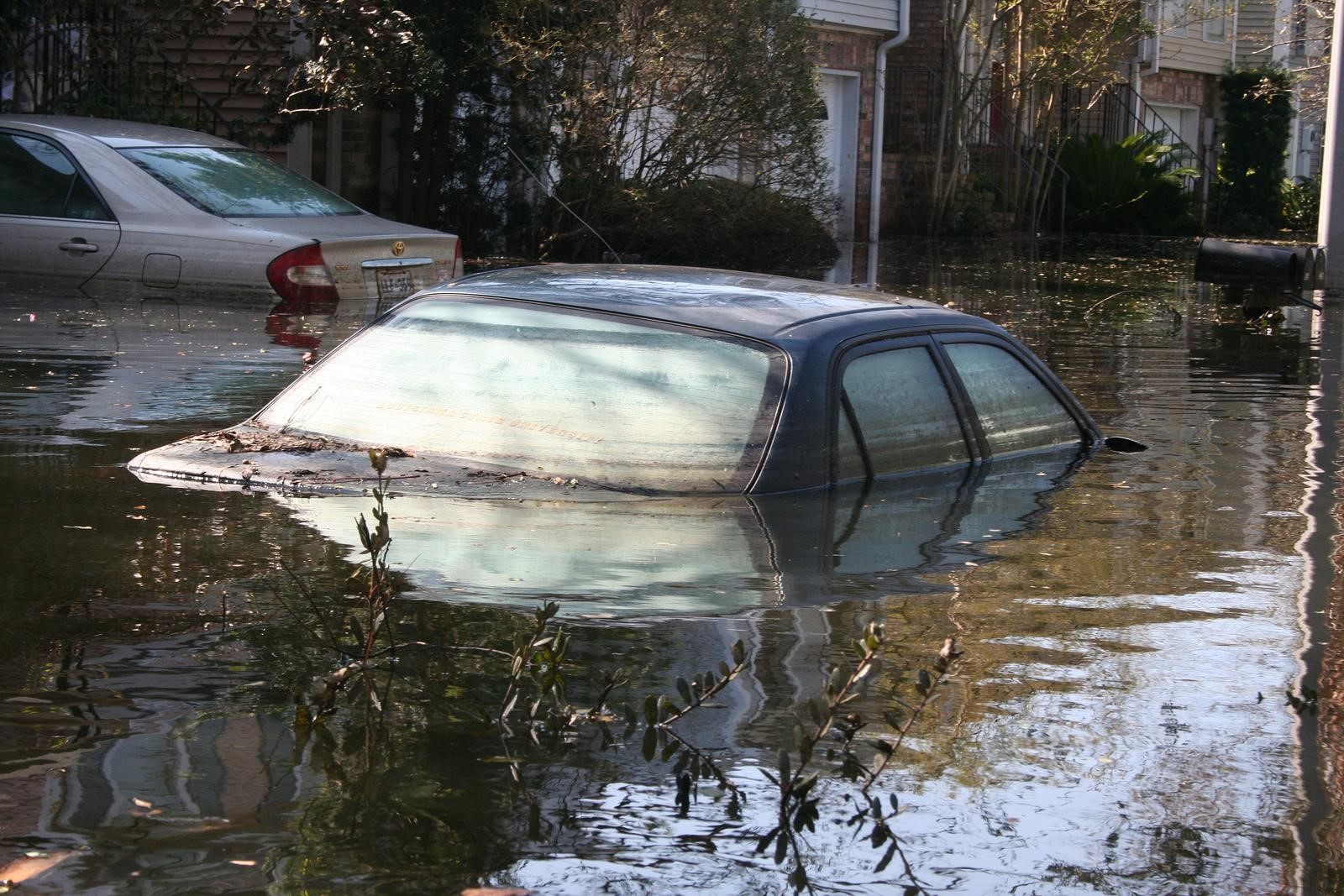As snow continues to melt in different parts of the United States, the chances of flooding increase. This possibility is especially applicable to low-lying areas that are expected to see additional rain over the course of the next few weeks. The situation can only worsen if the area does not have a robust storm water BMP (best management practices) system in place.
At first glance, it would seem that flooding is an everyday risk that comes with living in these areas. Although some people see it as such, this outlook does not make the health risks brought about by flood water any less serious.
Over the course of a flood, the water is exposed to a variety of chemicals and other pollutants that contaminate the water. Coming into contact with contaminated floodwater poses significant health risks such as diarrheal diseases and wound infections. Debris floating in floodwater can also cause infections to develop.
Additionally, stagnant floodwater provides the perfect breeding ground for many insects. As a result, communities with lingering floodwater place themselves at risk of insect-borne diseases such as West Nile.
The best way to avoid these risks would be to prevent floodwater from lingering in areas where it can come into contact with people in the first place. This calls for more capable stormwater BMP solutions.
Companies such as StormChambers offer customized storm water solutions that meet the specific needs of commercial and residential customers. These sturdy systems are designed to safely contain immense amounts of water, keeping contaminated floodwater away from the streets. The less exposure to contaminated water, the fewer health risks people and animals have to face.
The capabilities of a storm water system do not stop there. Many of these systems have built-in sediment filters capable of removing debris such as sand grains, rust, and other pollutants from floodwater. When multiple sediment filters are placed in different sections within the same system, the presence of pollutants in water is reduced to virtually zero.
If you do not currently have a storm water system that can handle substantial flooding, now would be the time to start looking for a more effective alternative. You might want to speak to a storm water BMP expert to learn how to protect people in your community from the dangers associated with floodwater.
(Source: How Superstorm Sandy’s Floods Can Make You Sick; National Geographic)






